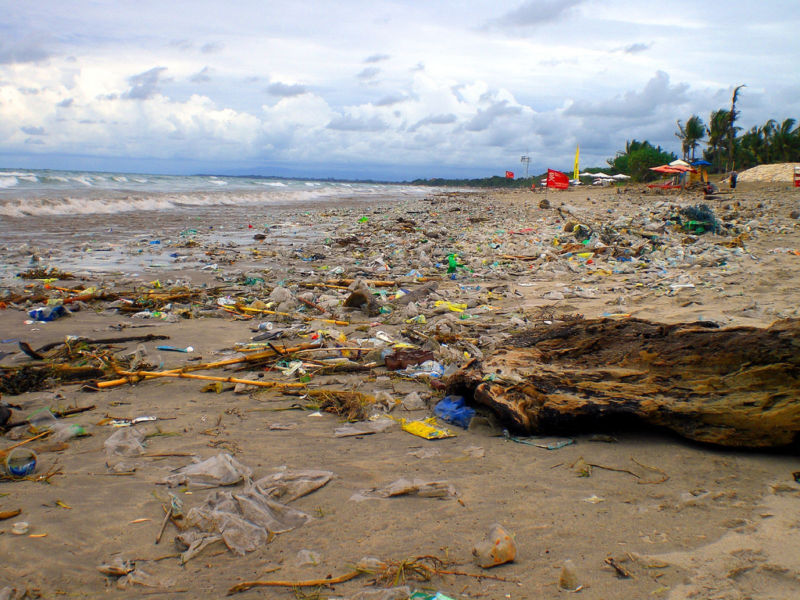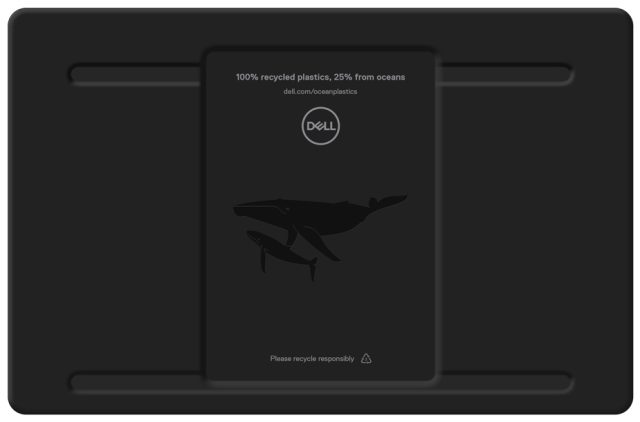
“One person’s trash is another’s treasure” is pretty much the organizing principle of the recycling industry. But what about the refuse that fails to even make it into a trash bin? A shocking amount of plastic ends up in waterways and, ultimately, the ocean. Contrary to some depictions of “the Great Pacific Garbage Patch,” the problem is not so much a floating landfill of toys and bottles, rather it's an abundance of tiny degraded bits of plastic that a variety of organisms ingest.
Plastic undergoes chemical reactions and a physical beating in the ocean that reduces it to specks. Combine that small particle size with the fact that the ocean is rather large, and it should be obvious that it would be virtually impossible to clean up the plastic at this stage of the process. To make a real difference, you have to attack the problem closer to the source—when the plastic is still largely intact and before it reaches the ocean.
At beaches or bends in waterways where plastic waste tends to accumulate, plastic items are still in good enough shape that they could actually be recycled. So not only can we intercept some plastic, but somebody can make money doing it. In fact, they are: in a couple of months, Dell is going to start using some of this recycled “ocean plastic” in packaging materials for its products.
For companies trying to improve their sustainability, it’s not just about the materials and processes behind products—the packaging materials that surround a product between the factory and your shopping cart can’t be ignored. Since the properties of packaging materials are a little less demanding, manufacturers have the leeway to get a little more creative.
Last year, Dell studied the feasibility of acquiring recycled ocean plastic from Haiti, where people are already being paid to collect stray plastic for recyclers. The folks behind Dell’s study used Google Earth to find places where large amounts of plastic accumulate in riverbeds or along roads. In some densely populated areas, it looks like there’s enough easily recoverable plastic to make the effort worthwhile.
An initial satellite survey of major sources of ocean plastic around Southeast Asia also turned up locations that could potentially feed an ocean plastic supply chain. Manila in the Philippines was ranked the best (worst?) source candidate, for example, with Chennai, India coming in second.
Dell says it plans to develop programs with recyclers to recover ocean plastic in these areas. In what it describes as a pilot program, the company will soon start using it for manufacturing some packaging for one of its laptops. The plastic trays in the box will be made from a mixture of 25 percent recycled ocean plastic (from Haiti, at first) and 75 percent recycled plastic from conventional sources.

With around 300,000 trays set to be produced yet this year, Dell says this equates to about 16,000 pounds of recycled ocean plastic. Something like eight million tons of plastic are being added to the oceans each year, so this represents just a small step in the direction of a significant dent in the problem. But if the company can demonstrate that this is really a viable project, perhaps others will follow suit.
reader comments
33